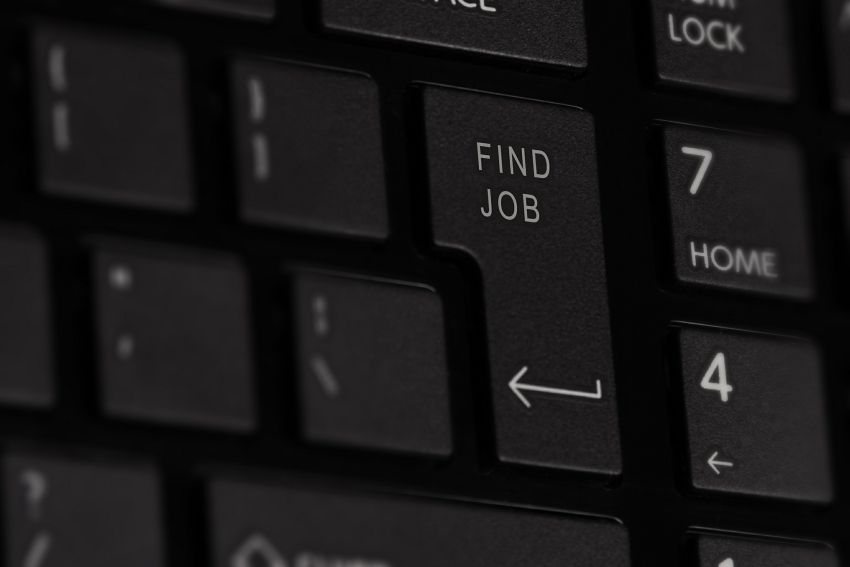
Federal Treasurer Josh Frydenberg was very upbeat about the state of the economy when he did a series of media interviews on January 11 from Lorne, a popular seaside holiday spot for affluent Melbournians.
He said that his government had made about 11 million Australians better off this year and that “$7 billion has made its way into the pockets of Australian families over the last six months and more than a billion dollars a month will make its way into their pockets over the next nine months”.
This was just part of a suite of economic support measures that the federal Coalition government had put in place in response to the sharp COVID-19 impact on the economy last year, he added.
“We’ve not only provided income tax cuts, but we’ve also provided significant incentives to small business to immediately expense new acquisitions to have a loss carry-back provision in case they have done it really tough through COVID, that they can use the tax system to develop the working capital to get through it,” Frydenberg told Radio 2GB’s Mike Smith.
“It’s helping to encourage aspiration and allowing Australians to rightfully keep more of what they earn.”
He told Sunrise's Natalie Barr: “Well that money is available to be spent and history will show that as a confidence comes back, into the economy after the economic shock that we have received from COVID-19, people will spend that money and as you say, about $200 billion is now on people's household balance sheets, but also business balance sheets, money that was not there in January of last year.
“Now that money is a result of extra government support, it’s also a function of increased savings as people become more cautious during a crisis. But also the health restrictions that have been put in place, particularly last year, meant that people couldn’t go and spend their money in the normal way, at cafes or restaurants or on local holidays and the like. But that money is now being spent.
“We have seen a big jump in household consumption; we saw strong retail numbers for the end of last year and we know the economic recovery is well underway, with 85% of the 1.3 million Australians who either lost their jobs or saw their working hours reduced to zero at the start of the pandemic now back at work.”
So, is the Treasurer telling the truth? Is everything going swimmingly well?
A number of economic indicators — including the official unemployment rate, now at 6.6% — reflect the impact of the significant deficit-funded measures put in place in response to the pandemic. They include the JobKeeper program (which subsidised the pay for about 700,000 workers who might otherwise been thrown out of work), the temporary coronavirus supplement to JobSeeker and other welfare payments with which more than 2 million people try to survive.
Both these programs are now being wound back.
The government’s New Year present to the unemployed was to reduce their payments to $50 a day — an amount that Australian Council of Social Service (ACOSS) CEO Dr Cassandra Goldie explained “simply isn’t enough to cover housing, food, transport and bills”.
Jobs and tax cuts
Currently, there is only one job vacancy available for every 11 people looking for a job or more paid working hours, and even fewer jobs in regional areas, Goldie pointed out.
That situation could get even worse after JobKeeper is completely phased out in March.
“To make matters worse, the government has not ruled out sending people back to the old, brutal Newstart rate of just $40 a day in March,” she added.
The Raise The Rate campaign estimates that 3 million people were living in poverty before the pandemic struck. The special measures pulled many out of poverty for a while. But when the coronavirus supplement began to be reduced last September, the number living in poverty shot up to 3.6 million.
The Australia Institute calculated that the January reduction in the coronavirus supplement would push another 190,000 people (including 50,000 children) below the poverty line.
But on a sunny summer day by the beach in Lorne, Frydenberg failed to mention these millions his government has thrown back below the poverty line. Not one word.
Instead, he was talking up tax cuts.
The Coalition’s tax cuts have favoured the rich, and the next round of tax cuts, which it has already legislated (with the votes of the Labor opposition) to be delivered in July 2024, will do so even more sharply.
According to a Parliamentary Budget Office briefing, prepared at the request of Greens leader Adam Bandt, the Coalition’s income tax cuts will cost the budget $325 billion by the end of the decade, give 58% of that to the wealthiest 20% and just 0.1% to the poorest 20%.
Launching the latest study on inequality in Australia on December 17, Professor Carla Treloar, director of the Social Policy Research Centre at the University of NSW, explained: “Even before the COVID recession, the highest 20% of households, with average after-tax incomes of $4,166 per week, had almost 6 times the income of the lowest 20%, with $753 per week.
“When it comes to wealth, inequality is even more stark: the highest 20%, with average wealth of $3.3 million, have 90 times the wealth of the lowest 20%, with just $36,000 on average.
“While we like to think of Australia as the land of a fair go, the reality is that Australia has significant levels of inequality, especially wealth inequality.
“The latest evidence from other research indicates that the JobKeeper and JobSeeker payments actually reduced overall income inequality despite the recession. But, as these payments are wound back, the harsh effects of high unemployment and low income support payments for those affected and reductions in paid working hours will be revealed.”